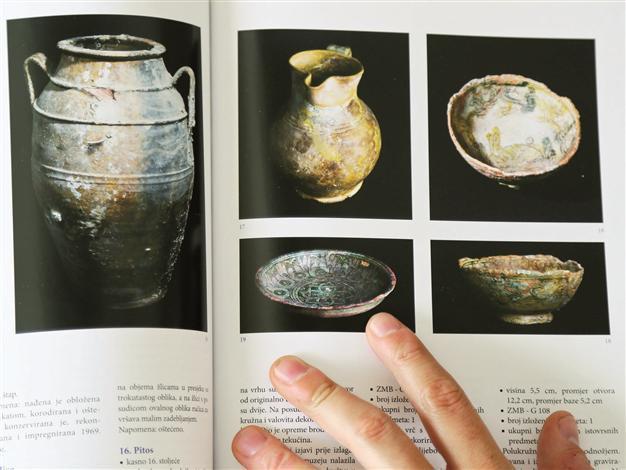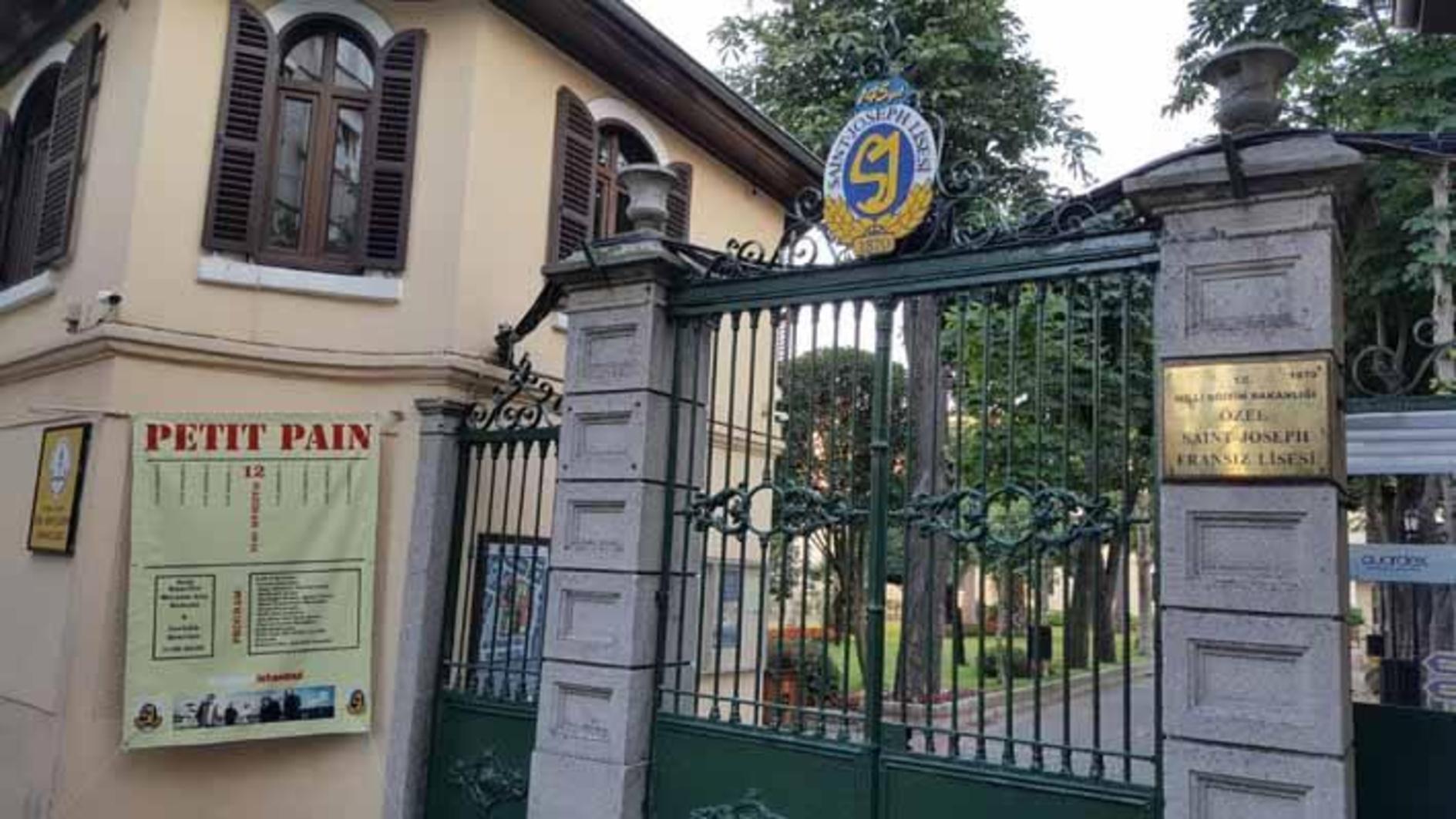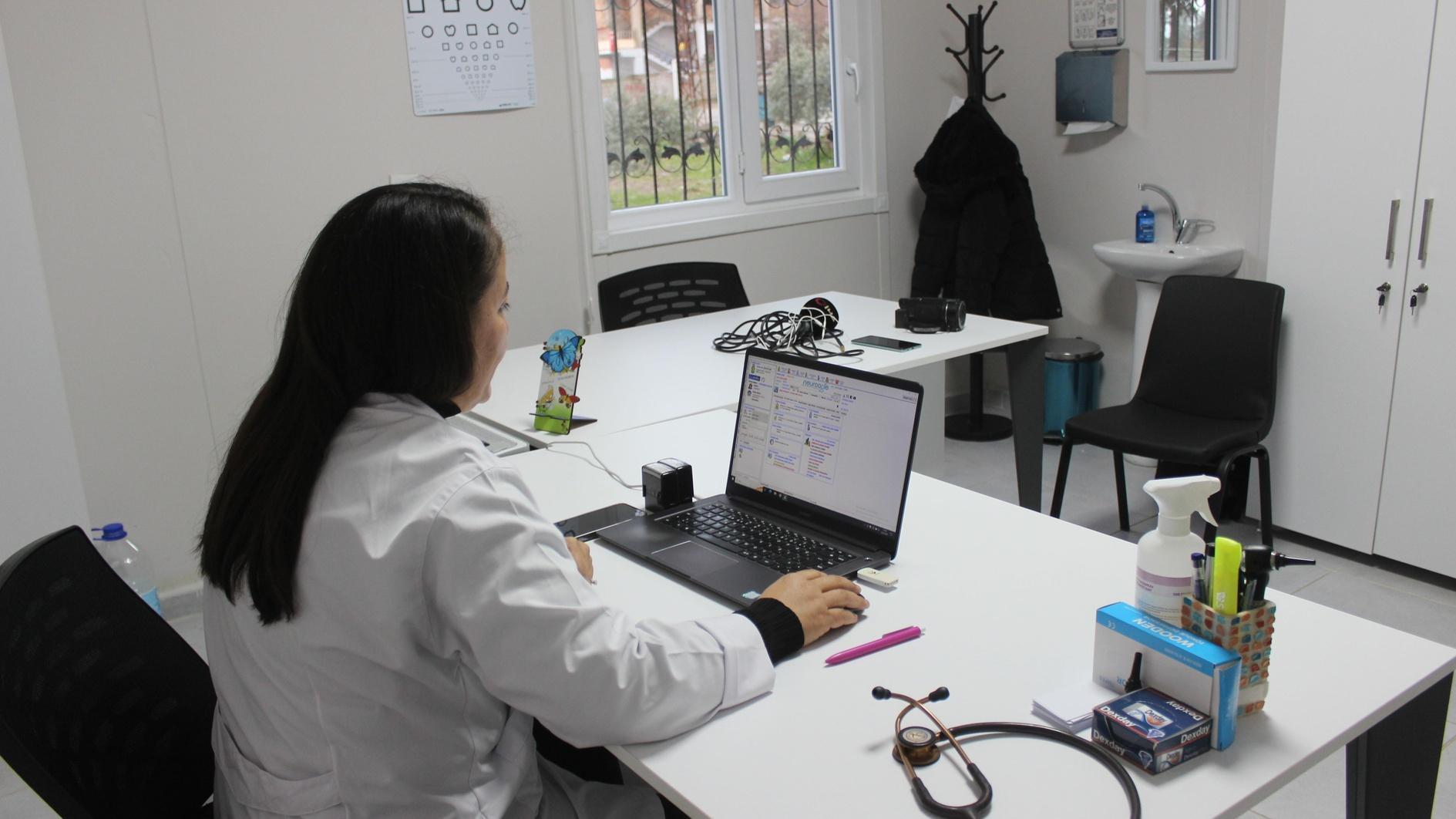Treasures of ‘Magnificent Century’ come to Istanbul
İZMİR – Anadolu Agency

AA Photo
Hundreds of objects and accessories, which were ordered during the renovation of the Seraglio at the time of the Ottoman Sultan Murad III, went down into water when the ship sank near the inlet Gnalic in Croatia. The 16th century treasures, which have been removed from the shipwreck, will arrive in Istanbul next year for an exhibition.Works have been continuing for the exhibition “Gnalic Shipwreck – 16th Century Treasures,” which is one of the significant cultural projects between Turkey and Croatia. The coordinator of the project, the Turkish Foundation of the Underwater Archaeology President Oğuz Aydemir said due to the fact that 2013 had been launched by UNESCO as the 500th Year of the map of Piri Reis, they had organized Piri Reis cartography exhibitions in six Croatian cities.
He said the Turkish TV drama “Magnificent Century” (Muhteşem Yüzyıl) was very popular in Croatia and people were much interested in Ottoman culture and that the exhibition project about the trade ship that had sunk in the 16th century had come up due to this interest.
“Excavations are still continuing in the shipwreck, which was discovered by a Belgian tourist in 1968. Some objects that have been removed from the shipwreck and cleaned are on display at the Croatian Museum of History. The ship is directly related to Ottoman history. This is why we have decided to organize this exhibition in Istanbul,” he said.
Aydemir said the objects had been ordered for the renovation of the Seraglio section in the Topkapı Palace. “A lot of objects, accessories and treasures were sent to the Ottomans in the winter months of 1583, but the ship sank in the northern Dalmatian coasts. We can get clear information about the objects via the insurance documents of the ship. The most important artifacts found in the ship are objects displayed in Topkapı Palace. Among the striking pieces were a 43-meter-long weaved silk cloth, glass objects made on Murano Island and candles that were found in an iron chest.”
He said the treasures ordered by Safiye Sultan and Nurbanu Sultan had been removed by the insurance company after the accident. “We don’t have any information about whether these treasures were sent to Istanbul or not. We believe these objects are very precious to understand the magnificence of the Ottoman palace,” he noted.
Aydemir said the Creation Culture Minister Andrea Zlatar Violic and Turkish Culture Minister Ömer Çelik had signed a protocol for the exhibition, and they had agreed in principle with a museum in Istanbul.
Aydemir said a project was also carried out to simultaneously display the artifacts removed from the Saint Paul shipwreck, which sunk in the 16th century around the Croatian Mljet Island. “The İznik tiles found in this shipwreck have not been displayed so far. The project drew attention of businessman Ömer Koç, who has a big collection of İznik tiles. We plan to exhibit these tiles in Istanbul first, then Zagreb and finally in Dubrovnik,” he said.
















